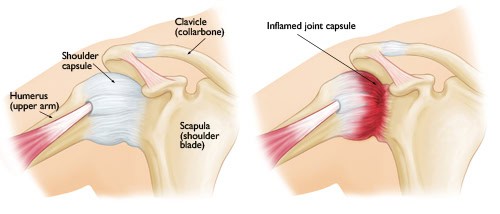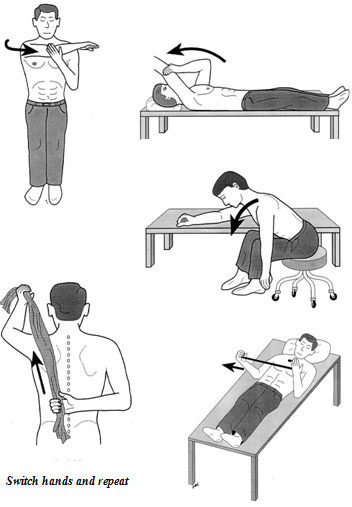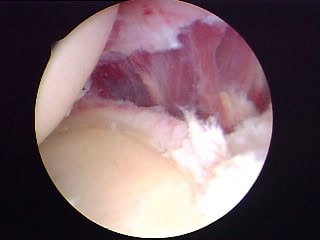分享:
这篇文章对您有帮助吗?
分享:
这篇文章对您有帮助吗?

As this condition involves inflammation with subsequent thickening and scarring of the shoulder capsule (the tissue which envelopes the joint), the main problem that most patients face is stiffness of the affected shoulder. Almost all movements will be restricted and their daily activities will be disturbed bythis limitation in movement. Overhead activities (wiping the windows, combing hair, playing racket sports) will be difficult and, in the early stage, painful. The patients will also find it difficult to wash or scratch their own back, and strapping bras for ladies will be a nightmare.
After a careful evaluation and after ruling out other causes, the Doctor will usually start the treatment by thoroughly explaining the condition – it is very important for patients to realize that frozen shoulder is a SELF-LIMITTING condition, meaning that the condition will improve by itself after a period of time even without treatment. Nevertheless, certain situations will need to be treated by surgical means, as will be described later.

Treatment starts with physical therapy (range of motion exercises). This is the mainstay or the gold standard in all frozen shoulder conditions. Physical therapy ensures that the patient will continue to move the joint despite having a painful shoulder. This is particularly important in the second stage of this condition where the stiffness will be at its maximum and even though the pain is subsiding. Passive stretching of the joint in all directions using the opposite limb is done 3-4 times a day, every day. Assistive devices such as a towel, table or wall, and a broom- or walking-stick could also be used to provide maximum effect (see picture).
Pain can be treated by heat therapy, or analgesics usually prescribed by the treating doctor. This is often unnecessary unless the pain is unbearable and is very much disturbing daily activities. Long-term intake of analgesics is often discouraged.
In conditions where the stiffness cannot be overcome even with frequent stretching exercises, manipulation of the shoulder (where the surgeon will ‘break’ the thickened capsular tissue by forced movement under general anesthesia) is an option. Often a surgery is not needed after this procedure, unless the stiffness is persistent. In this rare instance, the surgeon will perform an arthroscopic capsular release whereby the thickened capsule is divided under direct vision (using an arthroscope – see picture below).

An arthroscopic image of the divided capsule (white tissue on the top right area) exposing the underlying muscles (red color).
Please visit your Orthopedic Surgeon for further information on this condition.
分享:
这篇文章对您有帮助吗?
分享:
这篇文章对您有帮助吗?